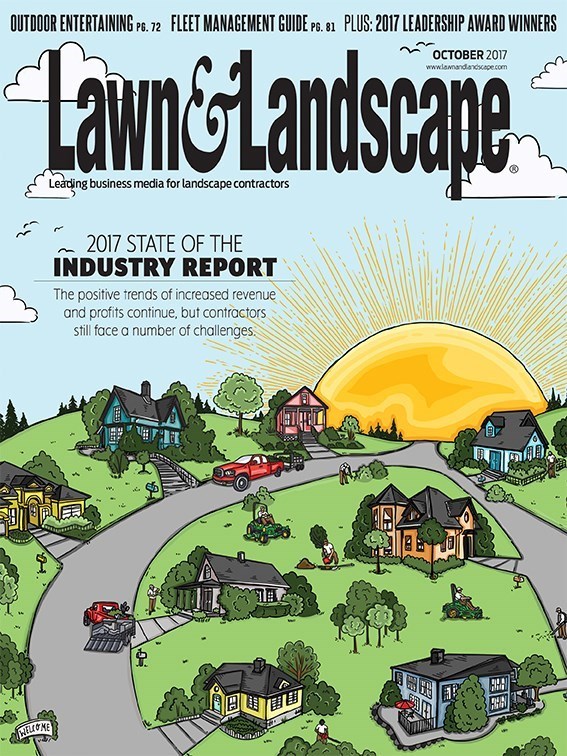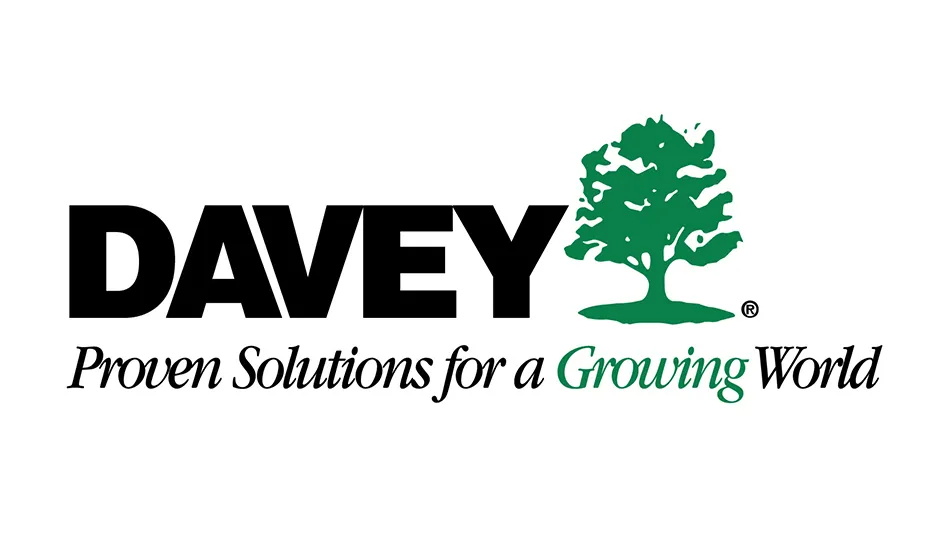
When I attend conferences, I find myself listening to the conversations surrounding me. I’m always amazed how everybody seemingly utters the same exact problem, “We just can’t find enough good help.”
It’s never a waste of time to look for superstar employees. I am constantly trying to “build a bench” of superstars. In the same breath, I gasp as I visit with friends within the green industry who are “killing it” in May and immediately decide they need to hire additional team members. Oftentimes this is not part of a grand strategic plan, but a knee-jerk reaction caused by stress and chasing those crisp green $100 bills we all love so much.
I preface this by professing that I love every single one of my employees as if they were family. We have a very tight-knit group and I am very lucky. Great people are our greatest asset but I never desire having more of these great assets than we need. My question to you is this: If you step back and look at every single process and system you have built within your company, can you find any areas of wasted labor time? Let me help you out here, the answer is absolutely, positively, yes. I strongly believe this holds true for the smaller revenue companies as well as the big dogs out there.
I attended a two-day seminar in 2012 in which the speaker shared a list of the average areas of wasted labor time and the corresponding hours lost for each listed item.
As the speaker methodically read through each item on his list, I slowly sunk down into my chair. I could take claim to almost every bit of waste on that list. That’s probably why up until that point, beyond my personal salary, our company net profit was at one percent. Embarrassing, I know, but I’m betting all of us have been there at some point. Maybe you are there now. That’s okay because the good news is waste can always be removed.
Company cleanse.
On that February day in 2012, our firm embarked on a mission to cut every single bit of labor waste we could find. Our entire team read books together about ‘The Toyota Way’ and ‘Kaizen activities.’ Together we worked hard to implement what we learned in both the seminar and these books. For example we removed small waste by disposing of materials and tools that have been lying around for months with no use.
We removed large waste by asking our employees to report directly to our installation projects and therefore reduced our windshield time drastically. We switched all of our materials to be delivered directly from our supplier to our jobsites. We purchased smartphones so that our project managers could track their hours rather than asking them to “punch in” every day.
The end result within three years was a 16 percent net profit and revenue increased 150 percent. The last time I looked, that’s more than double the industry average. More impressive, we accomplished this with the same exact number of people.

I’m not insinuating that you shouldn’t go hire people and I won’t pretend to know your business better than you do. Many of you have been in business much longer than I have and there is no doubt that I could learn from each of you. What I will say is that you likely have waste. The waste you have is probably much larger than you think. It may be a game changer as it relates to your company’s bottom line.
I don’t know about you, but I would rather run a $2-million company with an efficient 20 percent net profit than a $20-million company with only 2 percent net profit.
Jump in.
When removing waste becomes a focus, how do you get started? Personally, I would hire a consultant and bring them in to meet your team and create an action plan. If consultants aren’t in your budget, get your team together in a room somewhere and lock the door for an hour. Look at every single process you have in place.
After you’ve made your list, think about which of these profit killers you want to remove and attack it as a team. Make sure the first one is something that your team can approach successfully and will create a positive impact.
Don’t overlook the three words, “as a team.” If your team doesn’t buy into this, you are wasting your time.
Curating a culture.
The end result of removing waste is not only an increase in profits and a decrease a headaches. The most magical part of this process is that it built a brilliant culture within our company. It inspired teamwork, leadership, ownership and accountability.
When I first introduced the idea to our team I’m sure they all rolled their eyes and thought, “Here he goes again, another seminar resulting in another grand plan.”
As we started this process though, everybody noticed the immediate impacts. Floors were cleaner. Shelves were organized and labeled. Miscommunication occurred less. Expectations were set properly. Before you knew it, we were making enough money to raise salaries and bonuses came easier (higher salaries helps you find more help, by the way). Most importantly for me, our team morale improved as did our client experience.
Some of you may be thinking that cutting waste sounds “too easy.” Some of you may be intimidated by the amount of work it’s going to take.
Believe me, cutting waste is worth it and although it can be a daunting task, all you need to commit to is getting just a little better each day.

Explore the October 2017 Issue
Check out more from this issue and find you next story to read.
Latest from Lawn & Landscape
- LandCare promotes Burnett to chief people officer
- David J. Frank Landscape celebrates 65th anniversary with groundbreaking
- Lawn & Landscape’s May issue is live
- The 2024 Top 100 List
- What do we stand for?
- SiteOne partners with FMC
- GreenCare for Troops announces You Move, We Mow Challenge
- Culture shift





